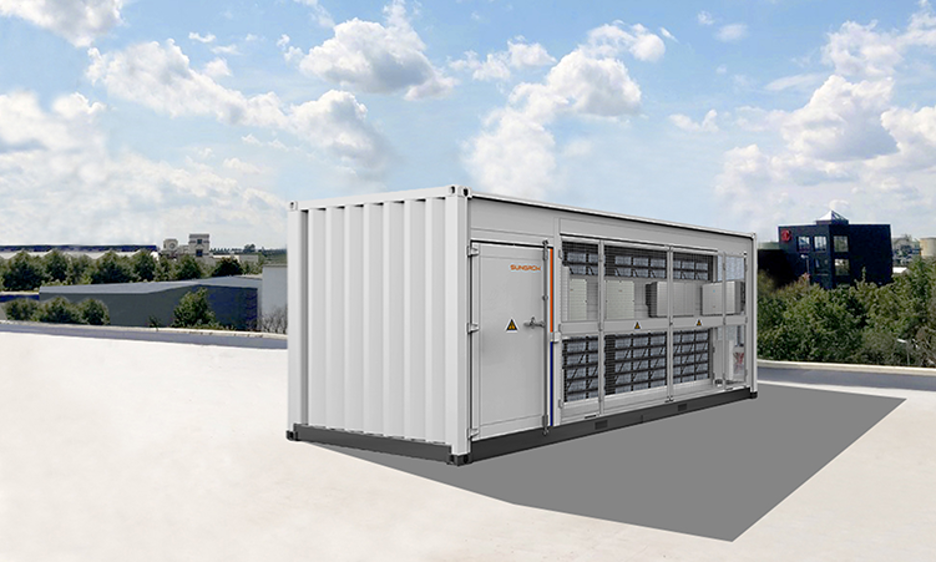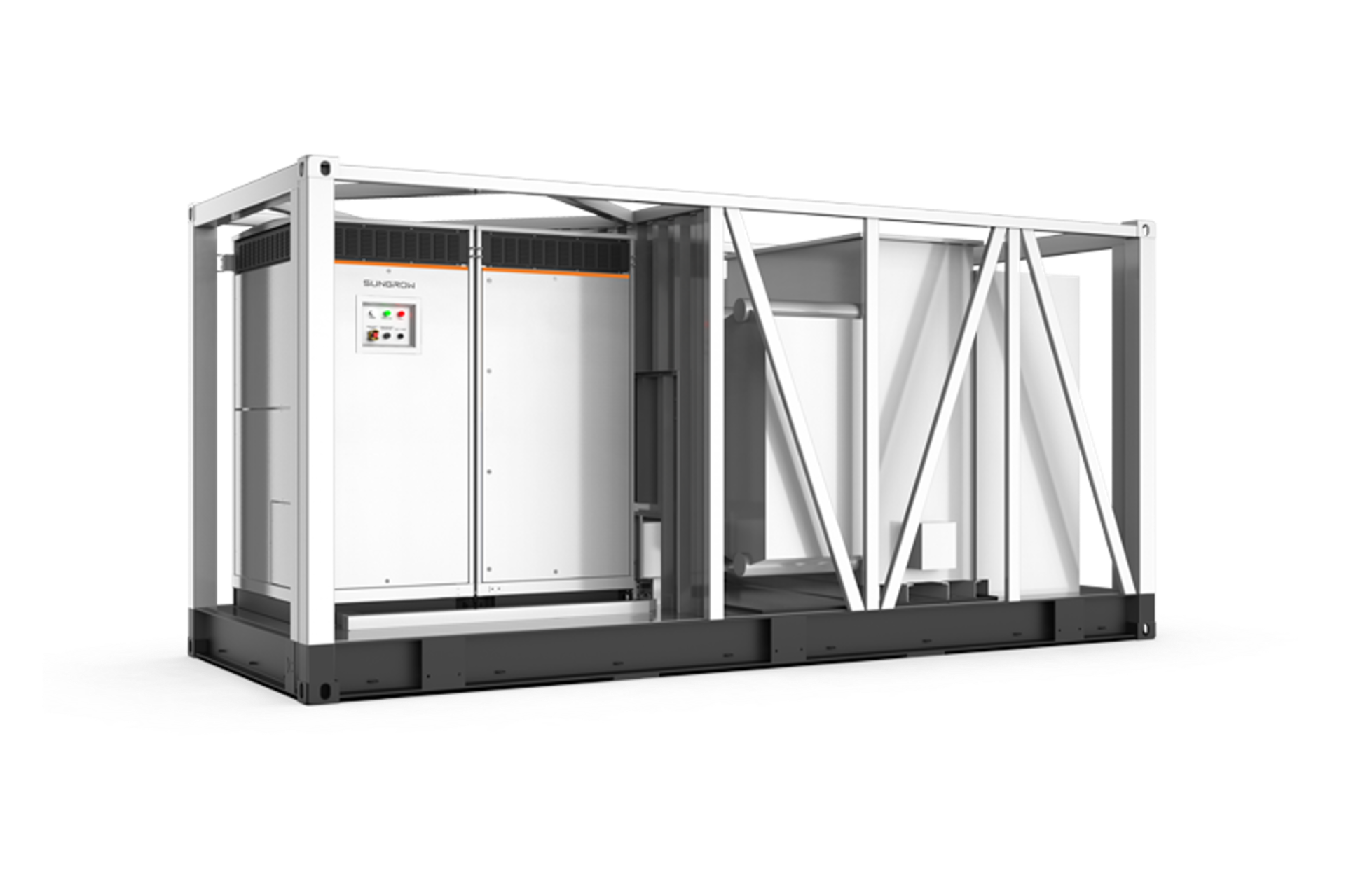A power conversion system (PCS) is essential to contemporary energy systems as the foundation for effective energy management and transfer. In essence, it is an apparatus that transforms electrical power into a different form to guarantee interoperability between various energy sources and final applications. This article will demonstrate the types, applications, and more about power conversion systems for you to get a closer look at their versatility in the United States' energy field. Read on to find the answers!

Types of Power Conversion Systems
Power Conversion Systems (PCS) provide flexible solutions for various uses. Let us examine the different kinds of PCS and their distinctive characteristics in more detail.
1. AC-DC Converters
AC-DC converters, also known as rectifiers, convert alternating current (AC) to direct current (DC). They come in various types, including single-phase and three-phase converters and bridge rectifiers. Single-phase converters are common in household electronics, while three-phase converters are used in industrial applications.
2. DC-AC Inverters
These inverters, opposite of AC-DC converters, are crucial for converting DC power into AC power. This transformation is significant in solar energy systems, where solar panels generate DC power. The DC-AC inverter converts it to AC to make this DC power usable in homes and businesses daily and compatible with the electrical grid. Thanks mainly to these inverters, we can successfully incorporate renewable energy into our current power infrastructure.
3. DC-DC Converters
These converters are common in applications that demand precise voltage regulation because they specialize in regulating the voltage level of DC power. They are frequently utilized in electronic devices like solar energy systems, battery-powered devices, and electric vehicles, where upholding a steady voltage is essential to the operation. In solar power systems, DC-DC converters ensure effective energy transfer by optimizing the voltage from solar panels to match the input requirements of batteries or inverters.
4. Bi-directional Inverters
Bi-directional inverters are a significant development in PCS technology because they can convert power from AC to DC and vice versa. They are highly adaptable due to their dual functionality, especially in energy storage and renewable energy applications. They make it possible to store extra energy in batteries (converting DC to AC) and release it into the grid or the home (converting AC to DC) when needed. This capability is essential for building more robust and efficient energy systems, especially as we rely more on renewable energy sources.
Applications of Power Conversion Systems
● Renewable Energy Integration: PCS devices are crucial for integrating clean energy (solar, wind, water energy, etc.) into the grid.
● Energy Storage Systems: They are essential to the efficient charging and discharging of energy storage units and the management and optimization of energy storage solutions.
● Telecommunications: PCS devices guarantee dependable power supply and management in vital communication infrastructure.
● Industrial Power Conditioning: In various industrial applications, they are essential for preserving a steady and dependable power supply.
Sungrow's SC4000UD-MV-US
High-performance power conversion system SC4000UD-MV-US is available from leading solar inverter manufacturer Sungrow. This is a prime example of Sungrow's dedication to innovation in renewable energy.

1. Efficiency and Reliability
The superior max 99% efficiency of the SC4000UD-MV-US sets it apart in the field of renewable energy, where optimizing power conversion is essential. This bidirectional power conversion system allows full four-quadrant operation and battery charge & discharge management with an integrated black start, so large-scale solar projects require less maintenance and downtime. Their dependability guarantees consistent operation.
2. Versatile Applications
Thanks to its high compatibility with high--voltage battery systems and compliance with UL1741, IEEE1547, UL1741 SA, Rule 21, and HECO 14H, Sungrow's SC4000UD-MV-US is adjustable to fit a range of environments, including intricate energy storage systems and sizable renewable energy installations. Various projects, such as utility-scale solar farms and cutting-edge microgrid solutions, can benefit from its versatility.
3. Advanced Features
Sungrow SC4000UD-MV-US comes with:
l Fact active/reactive power response
l Other features include L/HVRT, L/HFRT, soft start/stop, specified power factor control and reactive power support
l Wide DC voltage operation window, full power operation at 1500V
With these cutting-edge features, the SC4000UD-MV-US provides effective energy management. Its future-proof nature stems from its compatibility with various renewable sources and storage options.
4. Sustainable Energy Focus
Investing in a sustainable future is consistent with selecting the SC4000UD-MV-US. Its modular design, high protection degree and optional C5 anti-corrosion degree make it a long-lasting and easy-to-maintain helper for you. With this product, which aims to increase the efficiency and accessibility of renewable energy, Sungrow's commitment to sustainable energy solutions is visible.
Conclusion
Sungrow sets itself apart with its creative power conversion system design. This is best demonstrated by the SC4000UD-MV-US, which provides unmatched efficiency and adaptability. Sungrow is a top option for individuals wishing to fully utilize renewable energy in the US because it is a leading solar inverter manufacturer dedicated to developing renewable energy technology. Investing in Sungrow is investing in a more sustainable, efficient, and clean energy future.